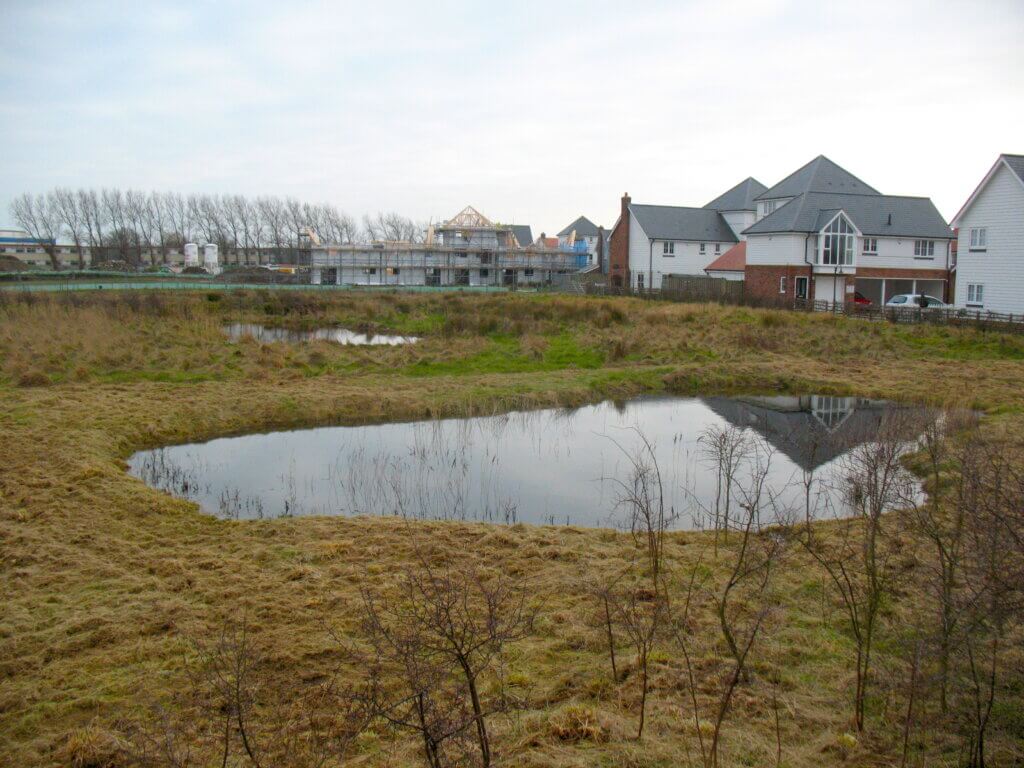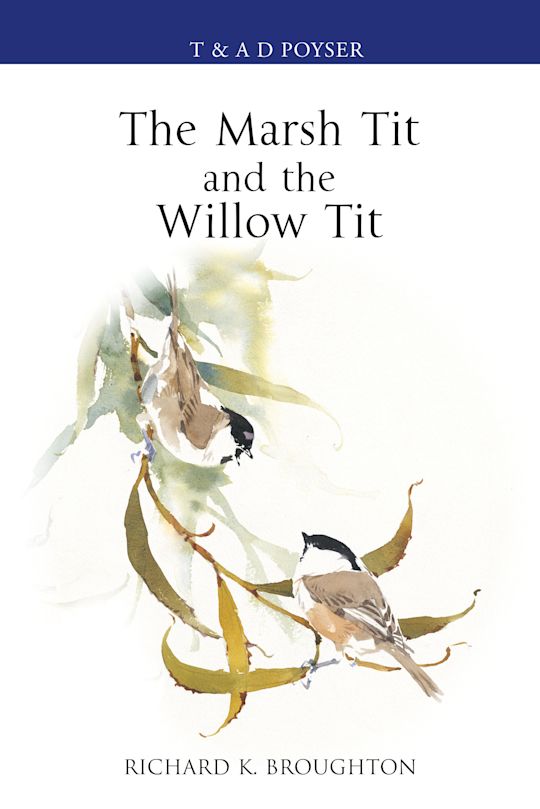 I am recently retired but have spent the last 20 years working as an ecologist, primarily in the conservation of our native reptile and amphibian species.
I am recently retired but have spent the last 20 years working as an ecologist, primarily in the conservation of our native reptile and amphibian species.
During this time I had to deal with many housing developers and the message I and other ecologists were always trying to get across was that our biodiversity was in crisis and therefore there was a need for developers to comply with the various wildlife legislation that protects the most threatened species.
[email protected] ^(https://www.blogquicker.com/goto/https://markavery.info/cdn-cgi/l/email-protection)
For many years now Great Crested Newts have been blamed for the lack of new house building and in recent years the legislation which protects them has been gradually watered down.

One scheme prompted by the Conservative government, and adopted by Natural England, known as District Level Licensing (DLL) provides developers with a licence allowing them to kill or injure newts in exchange for a contribution to enhance or create ponds elsewhere. The theory being that newts will colonise the new ponds despite the local population being reduced, or lost completely.
The message that English Nature seem to be sending out to developers is that it’s OK to kill newts.
The UK and European legislation which currently protects our threatened wildlife is complex and many aspects of the legislation have been interpreted in a way that has not always been to the benefit of the species.
However legislation is necessary to preserve the UK’s dwindling wildlife – goodwill to newts is not an attribute of most housing developers.
This message was repeated recently by Rachel Reeve’s comment that “Developers will no longer have to worry about bats and newts”.
The housing crisis is not caused by newts or bats, or any other legally protected species.
For a very large section of the population – and particularly first time buyers, house prices are now unaffordable. House builders are able to maximise their profits by building 4-bedroomed homes instead of the small, terraced houses that used to be built. By land banking and releasing new housing stock slowly into the market they have been able to maintain a high selling price.
Of the approximately 2.7 million residential units have been granted planning permission since 2015 only around 1.5 million have actually been built – click here. ^(https://www.blogquicker.com/goto/https://www.local.gov.uk/about/news/housing-backlog-more-million-homes-planning-permission-not-yet-built)
Social housing stock has been sold off with no replacements being built. Increasingly houses and flats are being used as Air B &B’s or left empty for most of the year as second homes, private rents are at an all-time high and slum landlords remain largely unchallenged.
Even if these issues are resolved, currently there are not enough people working in the construction trades (especially since Brexit) to build housing on the scale that the government is promoting.
The government’s promise to speed up planning decisions seems unrealistic since the process relies on multiple input from a range of specialist consultees from within the local planning authority. Drainage, highways, water and waste, archaeological and ecological issues all have to be considered by the council – and these positions are under-staffed in most planning authorities.
Despite these issues in the year ending March 2024, UK planning authorities granted 86% of all applications – click here ^(https://www.blogquicker.com/goto/https://www.gov.uk/government/statistics/planning-applications-in-england-april-to-june-2024) . So it’s difficult to see how newts and bats are having the affect this (and previous governments) are claiming.

In fact in most situations where protected species occur on a development site this does not stop a development but merely results in a mitigation scheme (such as DLL) and these have varying degrees of benefit to the species.
The recent State of Nature Report – click here ^(https://www.blogquicker.com/goto/https://stateofnature.org.uk/) – concluded that the UK is one of the most nature depleted countries in the world, with roughly only half its biodiversity still remaining. Research undertaken by the Natural History Museum found the UK is the worst among the G7 group for Biodiversity Intactness – click here ^(https://www.blogquicker.com/goto/https://www.nhm.ac.uk/our-science/services/data/biodiversity-intactness-index.html) – and in the bottom 10% of the 240 nations globally.
We are meant to be a nation of animal lovers – so how did we allow things to get so bad?
[registration_form]
#Guest #blog #Newts #Housing #Barry #Kemp #Mark #Avery



